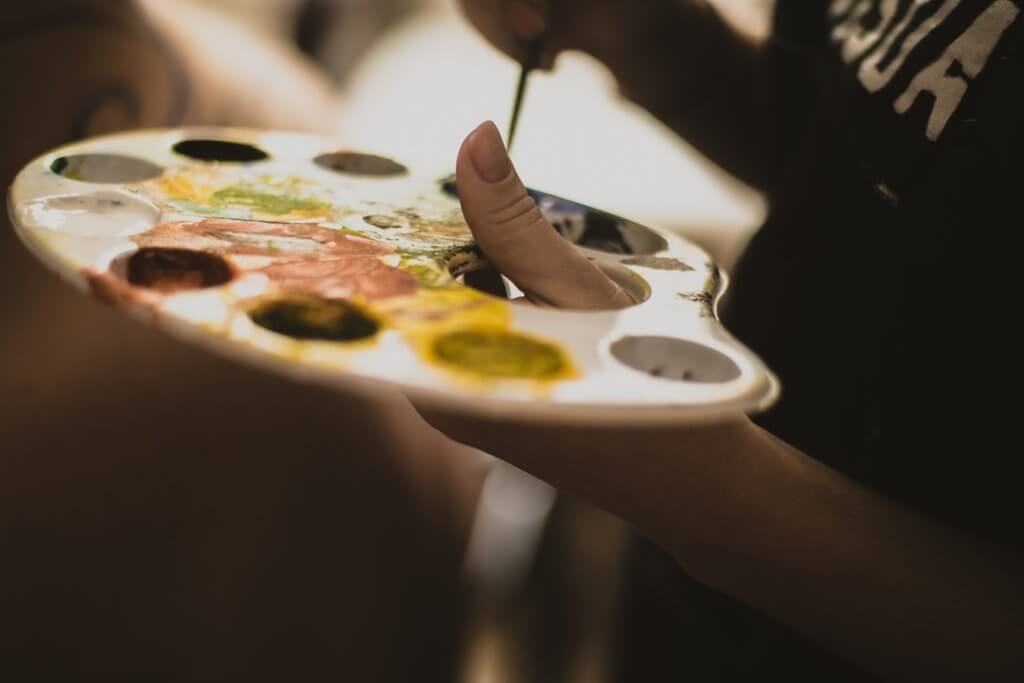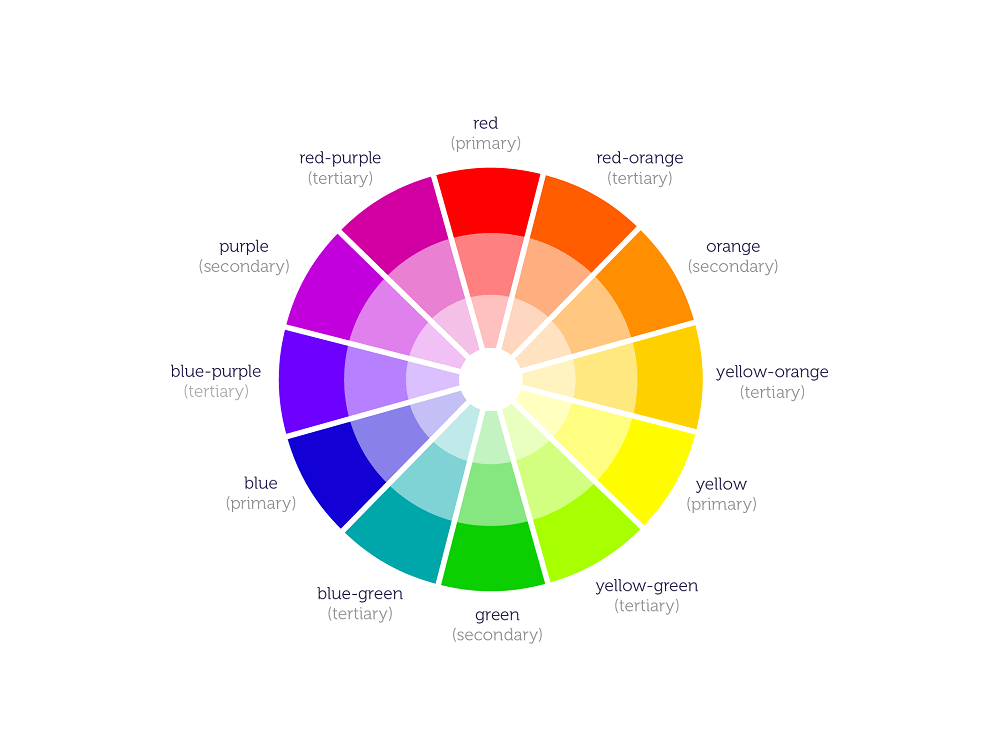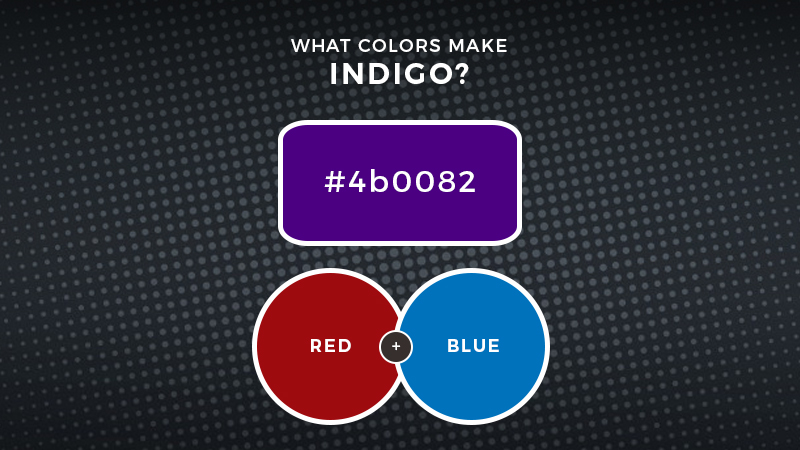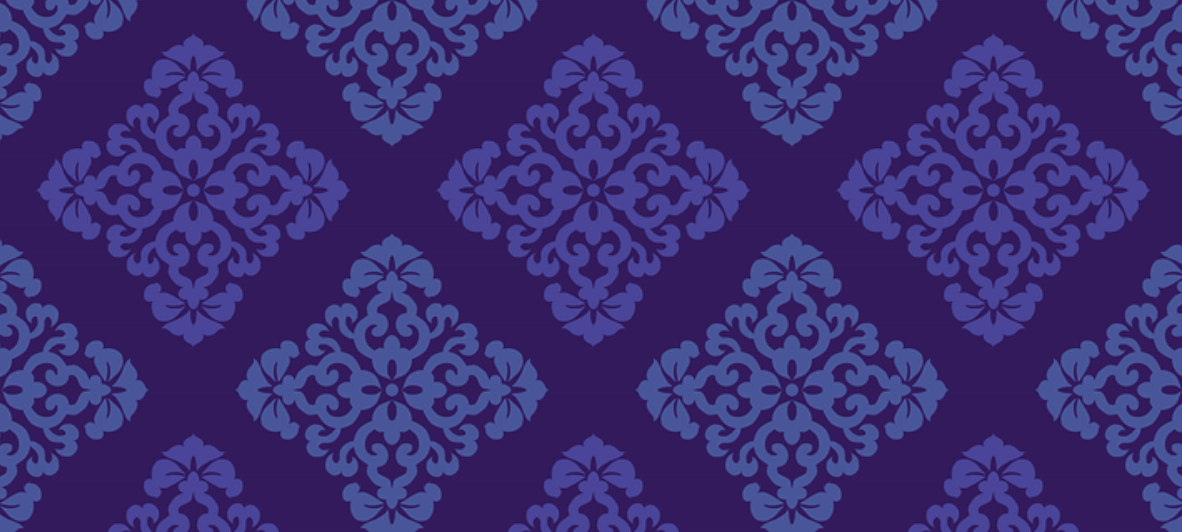What Colors Make Indigo? What Two Colors Make Indigo
Wondering what colors make indigo?
Whether you’re thinking of recreating the rainbow’s continuum of colors or eyeing to mirror the grandeur of the night sky into your blank canvas, it is essential to know the right mixture to get the color indigo.
In this article, we will help you understand the concept of color mixing and identify the right pigments that will lead to the perfect shade of your color of choice.
Keep reading…
If you look back to your early schooling, you probably remember how your teacher taught you to combine certain pigments to obtain a particular hue, brightness, and tone.
During the discussion, he/she might even have mentioned the primary colors, the color wheel, and how to get secondary or tertiary colors.
Although you may easily remember Mrs. Smith’s rainbow-colored sweater, you may not remember every single detail of her art lessons. Specifically, how you can mix colors to get indigo?!
What pigments should you mix to come up with the right hue? Just how much of each pigment should you use?
Whether you’re someone who has immersed himself in the visual arts or not, chances are you’ve probably encountered situations where you’ve had to use the color indigo before.
Today, we are going to take a closer look at this particular color and the color mixing process of how to create it.
To start, here are a few key details you need to remember first.
Reviewing the Color Wheel
Before heading straight into discussing what colors make indigo, it is important to know the basics of the color wheel.
As discussed in your primary or elementary education, in color theory, colors are organized on a wheel-like pattern and grouped into 3 categories, namely the primary colors, the secondary colors, and the tertiary colors.
When we speak of primary colors, this refers to the colors red, yellow, and blue, from which all other colors are derived.
Meanwhile, secondary colors refer to the colors that are achieved by mixing two primaries. For example, mixing red and blue creates purple; yellow and red produces orange, and blue and yellow generates the color green.
Lastly, tertiary colors are the colors formed by mixing a primary and a secondary color. Among the most common examples of this type include the colors blue-green, red-violet, and yellow-orange.
By getting acquainted with the basics of the color wheel, you will be able to identify the relationship between each color, determine what happens when you mix colors, and get an idea of the proportion of colors you should mix to arrive at the tint or shade of that color you’re aiming to create.
What Colors Make Indigo?
Now that you’re familiar with the basics of the color wheel and color mixture, you are now ready to discover how to arrive at the bold color that is indigo.
Since this deep and rich color is situated closely between blue and violet, chances are you now have an idea of how to obtain indigo using the color wheel.
Basically, similar to the color violet, you can create indigo by mixing two primary colors: red and blue.
However, to avoid ending up with violet, it is important to situate blue as the dominant color in the equation. Since violet is obtained when mixing blue and red in equal proportion, you have to make sure to apply only one-third red and two-thirds blue to arrive at the color indigo.
After you’re done mixing the two, you can now adjust the shade or tint of the indigo according to your liking. Basically, if you want to achieve a darker shade of color, you can simply add more blue or mix a little black in the equation.
On the other hand, if you’re eyeing a lighter tint, you can adjust the color by adding white to the mixture.
You can also opt to mix both black and white into the formula to tone down indigo and make it a bit dimmer.
Indigo in Design
Although indigo may not be as in-demand as blue and violet, it plays a significant role in art and nature.
In the visual arts, indigo is most commonly used to paint night skies and landscapes.
Meanwhile, in nature, it is most known for its dark purplish-blue appearance in blueberries and makes up one of the colors of the rainbow.
In terms of fashion, the deep blue of dark denim blue jeans is indigo.
To date, the many shades and tints of indigo are being used in a variety of projects and designs. Among its most famous varieties include bright indigo, denim, electric indigo, and indigo dye.
Bottom Line
Ready to complete that art piece with the use of indigo? Explore and immerse yourself in the beauty and complexity of color mixing by knowing the principles of color theory.
To come up with an even more astounding piece, do not hesitate to experiment and discover the different shades and tints of this dramatic color known as “indigo.”
Read Latest Posts

Hi, I'm Anthony Tran! Welcome to my site. I live in Arizona and am obsessed with all things related to building an Online Business and working from home. Learn about my journey here.
Follow Online







